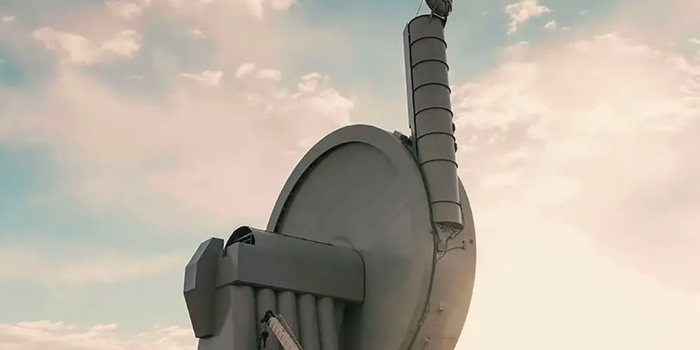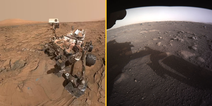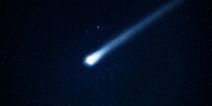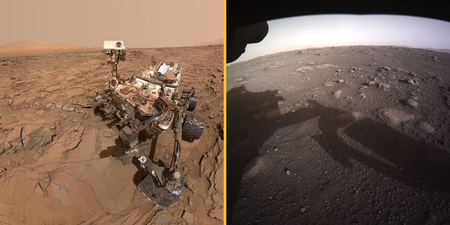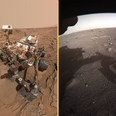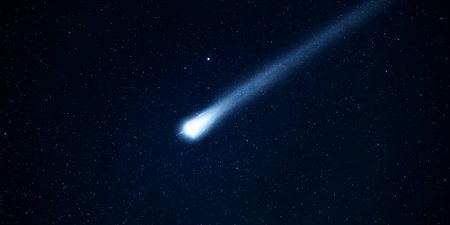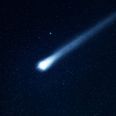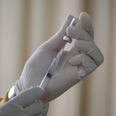Nasa hopes to perform the first official launch in 2025
Nasa is testing a launch system that will allow payloads to be catapulted into space to improve space accessibility.
The US space agency has partnered up with California-based startup SpinLaunch to develop a ‘Suborbital Accelerator Launch System’ which will “eliminate the cost, time, and complexity” of reaching space.
The launcher works by rotating a carbon fibre arm at speeds of up to 8.000kph (5,000mph) within a 91 metre diameter steel vacuum chamber.
This will then propel a launch vehicle containing a satellite into the stratosphere, allowing it to reach space quicker than conventional rockets.
Once in space, the payload will use a small amount of propulsion to reach the required position in orbit.
SpinLaunch claims that the system can be created using existing hardware and materials that are commonly available.
Jonathan Yaney, founder and CEO of SpinLaunch, said: “SpinLaunch is offering a unique suborbital flight and high-speed testing service, and the recent launch agreement with Nasa marks a key inflection point as SpinLaunch shifts focus from technology development to commercial offerings.
“What started as an innovative idea to make space more accessible has materialised into a technically mature and game-changing approach to launch.”
The first test flight of the system was performed in October last year at a testing site in New Mexico.
Despite some tests seeing objects flung into the sky at speeds of more than 1,600kph, none have yet reached orbit.
The company aims to launch its first orbital test flights in 2025.
“Through these turnkey space solutions, SpinLaunch is helping customers eliminate the cost, time, and complexity constraints currently driving space-related business models – ultimately delivering less expensive, scalable access to space,” SpinLaunch said in a statement, via Business Wire.
Related links:
- Pentagon has been researching how to contact’4,590 alien civilisations‘
- Record-breaking Nasa astronaut returns to Earth on Russian craft after year-long stay
- Aliens ‘abducting humans and living on Earth before full invasion’, historian claims
